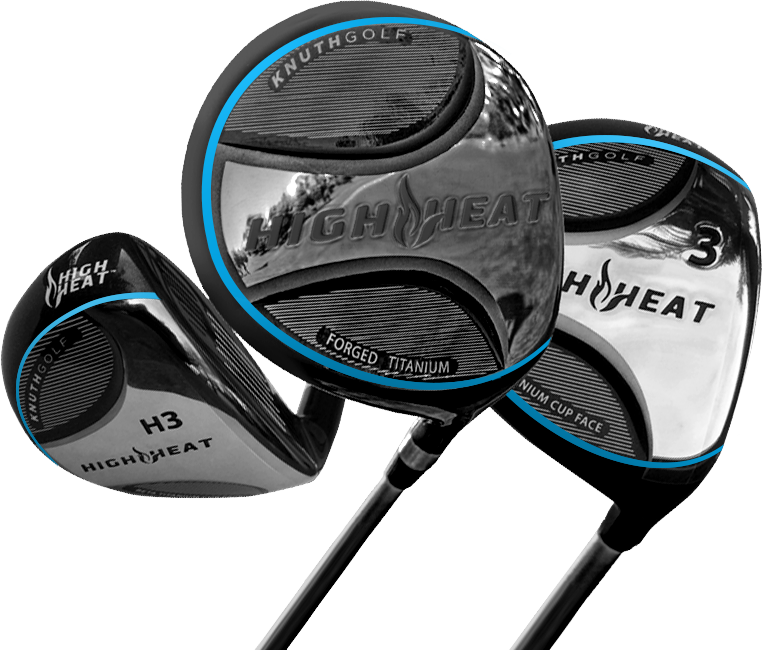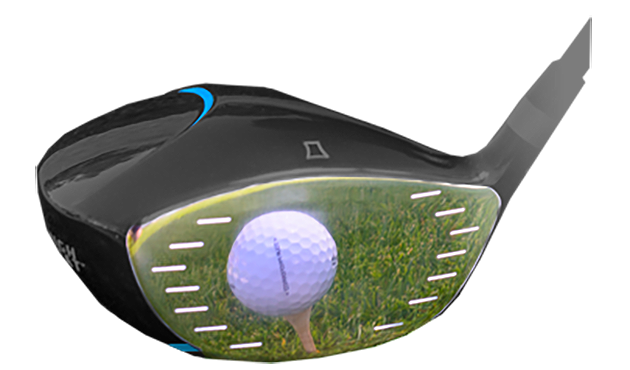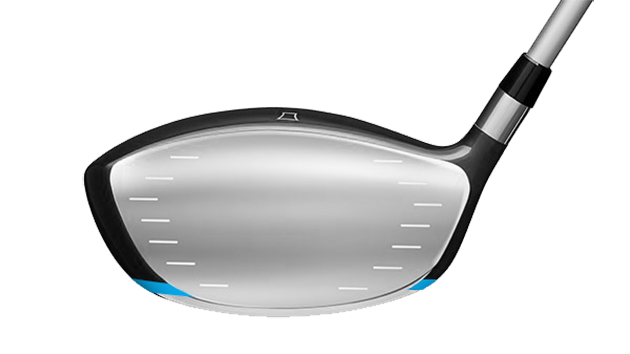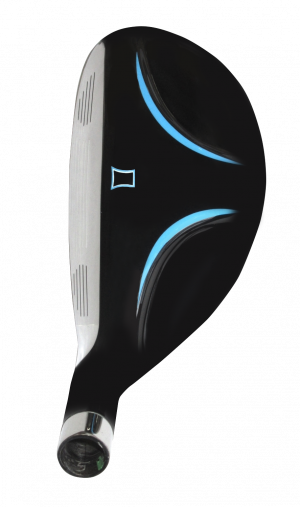Exceptional Indoor and Outdoor Views from Dream Makers Landscape
The staff at Dream Makers Landscape is ready to help you enhance the look and feel of your property with our exceptional landscaping projects

It was January, 2015 when we first featured a High Heat driver.
Dean Knuth, the former naval officer and USGA man who invented the Course Slope Rating system, had debuted his new club at the PGA Merchandise Show in Orlando. Amid a sea of new, hi-tech, big-budget-backed clubs, the High Heat stood out, winning the genuine approval of virtually every golf equipment writer present.
Knuth returned the following year with an equally well-received fairway wood and hybrid, and came back again in 2017 with two more fairway woods, and four new hybrids.
With society’s attention span getting ever shorter, golf technology evolving rapidly, and bigger brands introducing new clubs at a rate that makes it hard for the typical consumer to keep up, High Heat fans were becoming desperate for a successor to the original driver.
Desperate is the wrong word because High Heat fans were probably still very happy with their 2015 model, but three years is a long time between drivers these days.
Well, hallelujah!
While the industry was becoming understandably engrossed with the Callaway Rogue and TaylorMade M3/M4, Knuth and his partner Steve Trattner quietly rolled out the new High Heat driver—the 257+.

The 257+ takes advantage of the USGA/R&A’s 2016 decision to update the Rule regarding a clubface’s Characteristic Time (CT). CT is not quite the same thing as Co-efficient of Restitution (COR), but it all amounts to much the same thing—a clubface’s spring-like—or trampoline—effect.
Prior to January 2016, if, at impact, a ball remained on the clubface for more than 239 µs (239 millionths of a second) with a tolerance of 18 µs, the club was non-conforming. In January 2016, however, the game’s governing bodies updated that measurement for the heel and toe areas of the clubface—“outside the impact area.” Now the heel and toe may possess a CT of 257 µs with an 18 µs tolerance, which means drivers that have a CT score of 275 µs outside the impact area now conform.

According to Trattner, whereas major brands are now producing drivers with an average CT score of 242 in the toe, and 216 in the heel, the new High Heat 257+ boasts an impact area with the conforming 257 µs, and heel and toe areas with a CT score of 266!
We are talking about a difference of 24 millionths of a second between CT scores in the toe of a High Heat 257+ versus other manufacturers’ drivers, but in today’s golf equipment world any improvement or superior reading, no matter how tiny, is hard-earned and highly marketable.
“There are similarities between the original High Heat driver and the 257+,” says Trattner. “The Center of Gravity (CG) is still incredibly low and far back to help amateurs get the ball in the air and carry it further, and we use the same beta titanium face.”
But there are important distinctions between the two. The most important, says Trattner, is the “3-trampoline technology” which produces a clubface whose heel and toe areas actually have a greater CT than the center.
“That is very significant because it allows the amateur golfer to substantially reduce the distance lost on their toe and heel hits,” he adds. Trattner calls the 257+ “the great equalizer,” as the extra CT makes up for the loss of energy caused by the off-center strike.

Two other differences are the color and sound. The new High Heat 257+ is black with a blue trim that earned praise in Orlando in January. “Everyone has raved about this new color combination,“ says Trattner, “including several of our customers who loved the original blue. They all said the black and blue trim provided a better visual that made it easier to align the club. As for the sound, it is still powerful, but with less of a ring tone.”
The new lineup includes a fairway wood 257+ whose CT scores are the same as its big brother’s. With major brands, Trattner says, the CT score in the fairway wood typically drops 15% in the toe and 12% in the heel. Likewise, the Hybrid 257+ has the same CT scores as the driver, while the major brands’ clubs drop an average of 25% in the toe and 27% in the heel.
I took the 257+ driver out over the weekend and can confirm it looks great, gets the ball up in the air quickly and easily, is exceptionally forgiving, and makes a satisfying sound at impact.
Yes, I took a photo of a poor ball strike just like here and here, but that’s an old story. I don’t have Trackman numbers or any especially scientific data, but I can confidently assert High Heat users will be suitably impressed with the 257+, as will those who have never had the pleasure of hitting a Dean Knuth driver before.
Order before March 15th and get the driver for $430, the fairway wood for $280, and the hybrid for $230. Driver and fairway woods will be shipped late April, hybrids in June.
Tony Dear regularly writes about equipment for ColoradoAvidgolfer.com
Colorado AvidGolfer is the state’s leading resource for golf and the lifestyle that surrounds it, publishing eight issues annually and proudly delivering daily content via coloradoavidgolfer.com.
The staff at Dream Makers Landscape is ready to help you enhance the look and feel of your property with our exceptional landscaping projects
Golftec’s Nick Clearwater Takes Marisa Through a Lesson